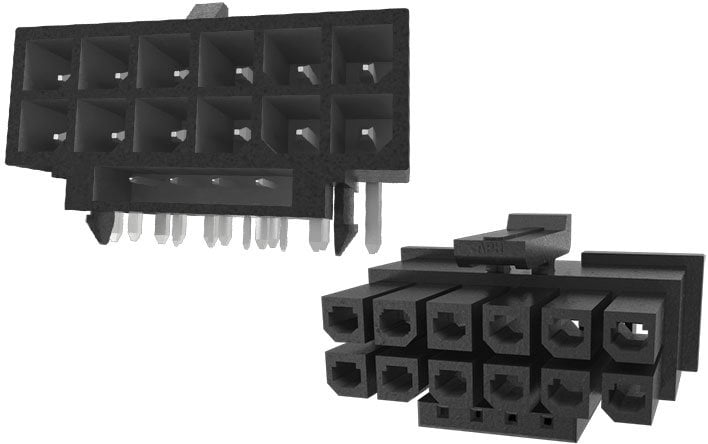Next-Gen PCIe 5 Power Connector Delivers 600W, Works With GeForce RTX 30 FE Cards
That seemed fairly obvious on the face of things, but it wasn't until October that we actually knew what that connector was. The PCI-SIG 12VHPWR standard defines the 16-pin (or 12+4-pin) connector, and NVIDIA, being a part of PCI-SIG, simply implemented it from the draft spec over a year before it was published.

Almost-fully, anyway. The connector on the top of the GeForce RTX 3000 series cards is a twelve-pin connector, while you've just seen us (and likely others) describe the PCIe 5 connector as a 16-pin design. In both cases, the main connector used for power delivery is a 12-pin connector, but the official PCIe 5.0 spec allows for a smaller 4-pin plug that branches off the side of the main 12-pin connector for signaling if needed. It's attached but hangs off the side of the main plug.
The main 12-pin connector is a "dumb" connector used for power delivery only. It supports up to 600 Watts in theory, but in practice it will only deliver 450 Watts without the extra four pins. These wires are used to allow the GPU to communicate with the power supply. That way, they can negotiate that the GPU needs the extra power, and that the PSU is capable of supplying it.
Such a beefy power delivery is supposedly required for NVIDIA's next-generation Ada Lovelace GPUs, at least on the top-end. Those cards are reportedly aiming for some very high performance gains over the current generation, and it looks like NVIDIA might be taking the Soviet approach to getting there. Hopefully NVIDIA shares some detail on that matter during GTC.

